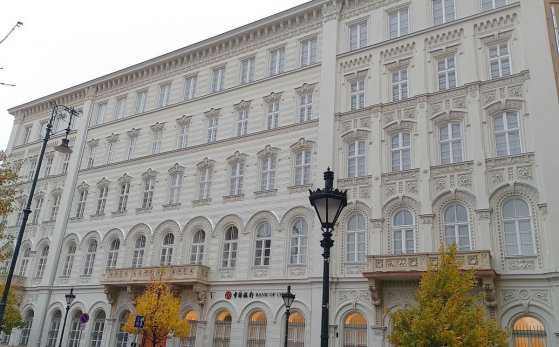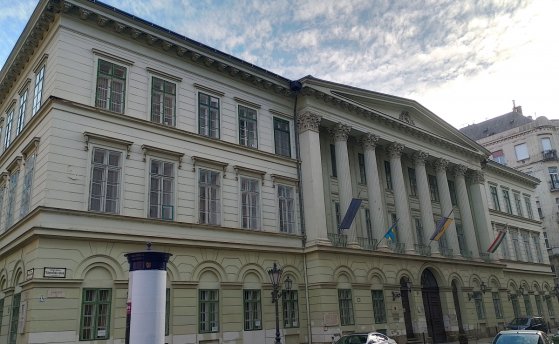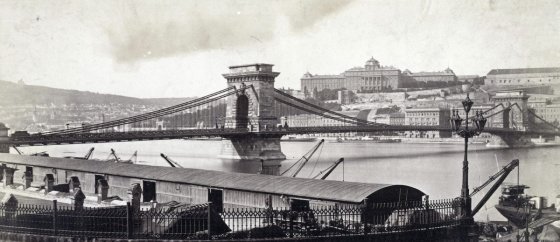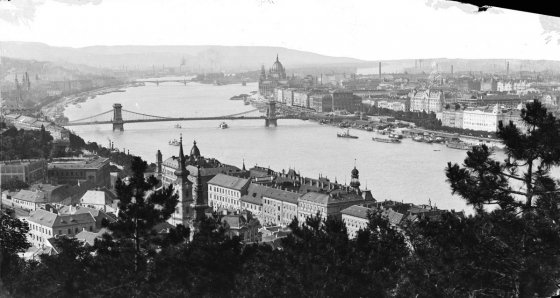 The „intertwined history” of the bridges and the city of Budapest
Which ideas and events have shaped the fate of bridges of Budapest and the cityscape? Alongside many other interesting facts, this question is also answered this newly published book by the Budapest City Archives, which introduces the history of bridges in Budapest.
The „intertwined history” of the bridges and the city of Budapest
Which ideas and events have shaped the fate of bridges of Budapest and the cityscape? Alongside many other interesting facts, this question is also answered this newly published book by the Budapest City Archives, which introduces the history of bridges in Budapest.
Mátyás Zitterbarth
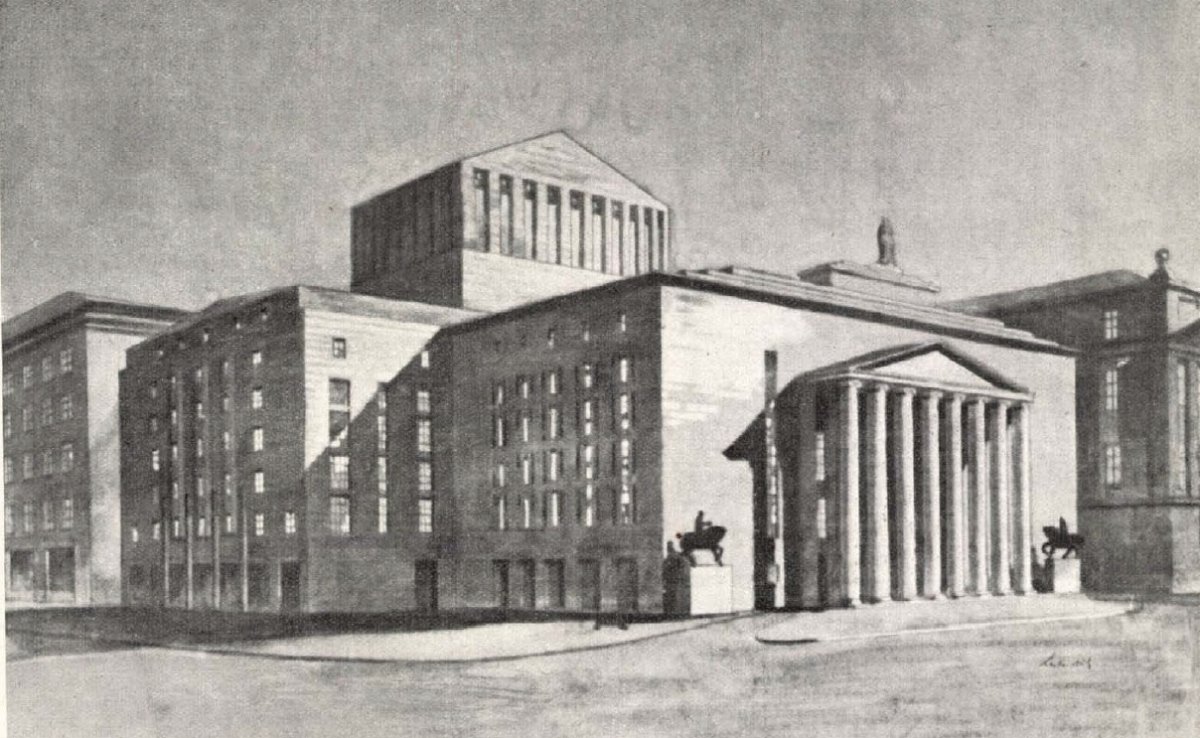 Gone are the boards that once meant the world - Béla Lajta and the first National Theatre
Gone are the boards that once meant the world - Béla Lajta and the first National Theatre
January 23, 2023 at 10:00 AM
Béla Lajta was one of the most brilliant figures in the history of Hungarian architecture, who fortunately was properly appreciated even in his own time, and posterity cherishes his memory with respect. A long series of studies and several books have already been published about his life and work, and three years ago Pestbuda also commemorated the 100th anniversary of his death. Today Hungarians celebrate the anniversary of his birth as he was born 150 years ago. On this occasion, Pestbuda now presents a topic close to his heart, his designs for the former National Theatre.
Master of Romanticism Hugó Máltás passed away 100 years ago
November 27, 2022 at 10:00 AM
Hugó Máltás is one of our lesser-known architects, even though he had an extremely long career and life: he died at the age of ninety-four, in 1922. The fact that his name did not enter the public consciousness can be attributed to his much more busy contemporaries, primarily Miklós Ybl. However, Máltás also designed quite a lot, especially during the period of Romanticism. A summary of his works is presented below.
Whose masterpieces were demolished: Mátyás Zitterbarth Jr. died 155 years ago
November 14, 2022 at 9:00 AM
The development of a large city is always accompanied by the demolition of buildings, as old ones are replaced by new ones that already meet modern needs. Mátyás Zitterbarth Jr., who created in the first half of the 19th century, largely fell victim to this phenomenon. However, he was a brilliant architect, which is proven by the fact that the mayors of the city of Pest entrusted him with the design of important public buildings. Pestbuda now presents his demolished and still-standing works.
Before the big changes - Budapest at the time of the compromise
May 2, 2022 at 11:00 AM
The Austro-Hungarian Compromise, established in 1867, ushered in one of Hungary's heyday. Under the Compromise of 155 years ago, a dual system was created - hence our common word dualism, which is used to characterise the period up to 1918. This upswing has brought about great changes: as a result of industrialisation, more and more people have moved to the cities, and the population of Budapest has grown exponentially. But what was the capital like in the second half of the 1860s?
More articles
 The „intertwined history” of the bridges and the city of Budapest
Which ideas and events have shaped the fate of bridges of Budapest and the cityscape? Alongside many other interesting facts, this question is also answered this newly published book by the Budapest City Archives, which introduces the history of bridges in Budapest.
The „intertwined history” of the bridges and the city of Budapest
Which ideas and events have shaped the fate of bridges of Budapest and the cityscape? Alongside many other interesting facts, this question is also answered this newly published book by the Budapest City Archives, which introduces the history of bridges in Budapest.
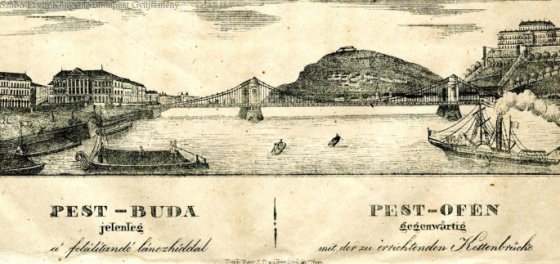 The Bridge Report, which brought a turning point in the history of Budapest
A travel report that changed the history of Pest and Buda, as well as Hungary. The little book contributed to the change of half a thousand years of legal customs and the implementation of an investment of unprecedented size and technical quality. This book was The Bridge Report [Hídjelentés in Hungarian].
The Bridge Report, which brought a turning point in the history of Budapest
A travel report that changed the history of Pest and Buda, as well as Hungary. The little book contributed to the change of half a thousand years of legal customs and the implementation of an investment of unprecedented size and technical quality. This book was The Bridge Report [Hídjelentés in Hungarian].
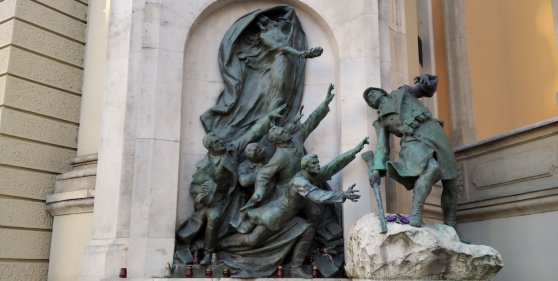 Drama on the university wall - The heroic monument was planned 95 years ago
In the constant hustle and bustle of the Egyetem Square in Pest, the students may not even notice the monument that decorates the short section of wall between the church and the central building of ELTE. However, it commemorates their predecessors, the heroes who fought for their country in World War I, and those who heroically helped them. The first design of the dramatically collapsing soldier was born in 1928, ninety-five years ago.
Drama on the university wall - The heroic monument was planned 95 years ago
In the constant hustle and bustle of the Egyetem Square in Pest, the students may not even notice the monument that decorates the short section of wall between the church and the central building of ELTE. However, it commemorates their predecessors, the heroes who fought for their country in World War I, and those who heroically helped them. The first design of the dramatically collapsing soldier was born in 1928, ninety-five years ago.

